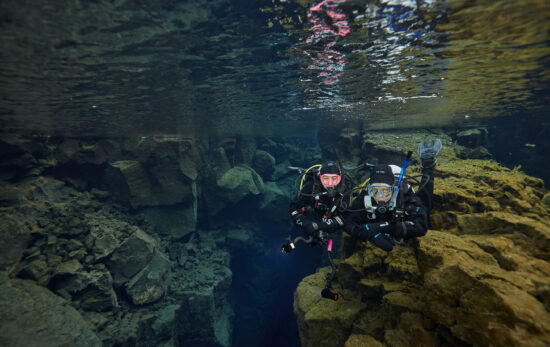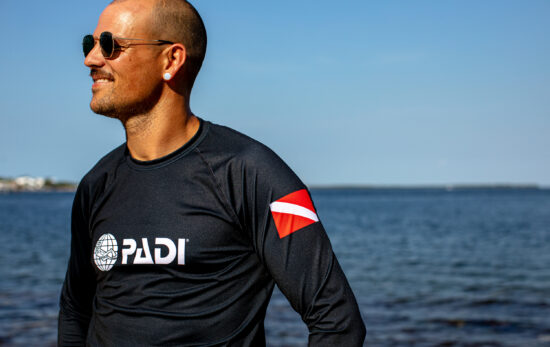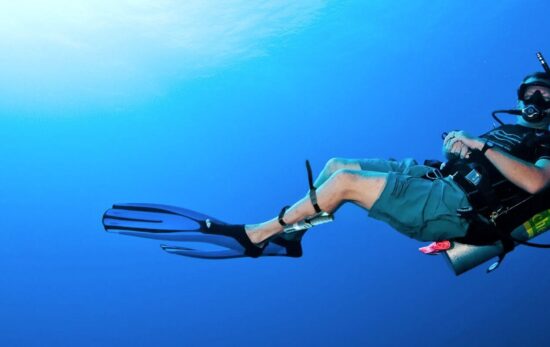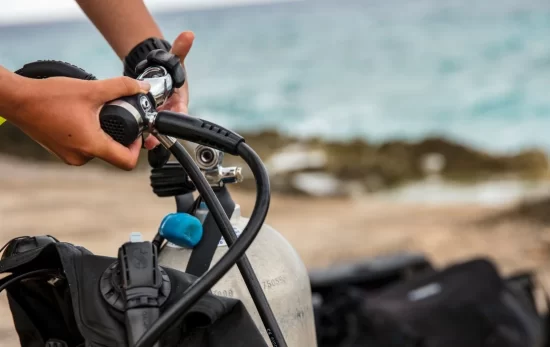Whether you’re thinking about learning to scuba dive or just curious how scuba gear works, read on to learn about two fundamental pieces of scuba diving equipment: scuba tanks and regulators. Even if you’re already a certified diver, you might learn a surprising fact or two.
How Do Scuba Tanks Work?
Scuba tanks are arguably the most iconic piece of scuba diving equipment. After all, SCUBA stands for self contained underwater breathing apparatus.
Scuba tanks, also known as cylinders, are typically made of aluminum alloy or steel. They can be filled with compressed air or a special mix of breathing gases. Most scuba tanks can handle between 200 bar/3000 psi and 234 bar/3400 psi. “PSI” stands for pounds per square inch, and “bar” is the metric equivalent.
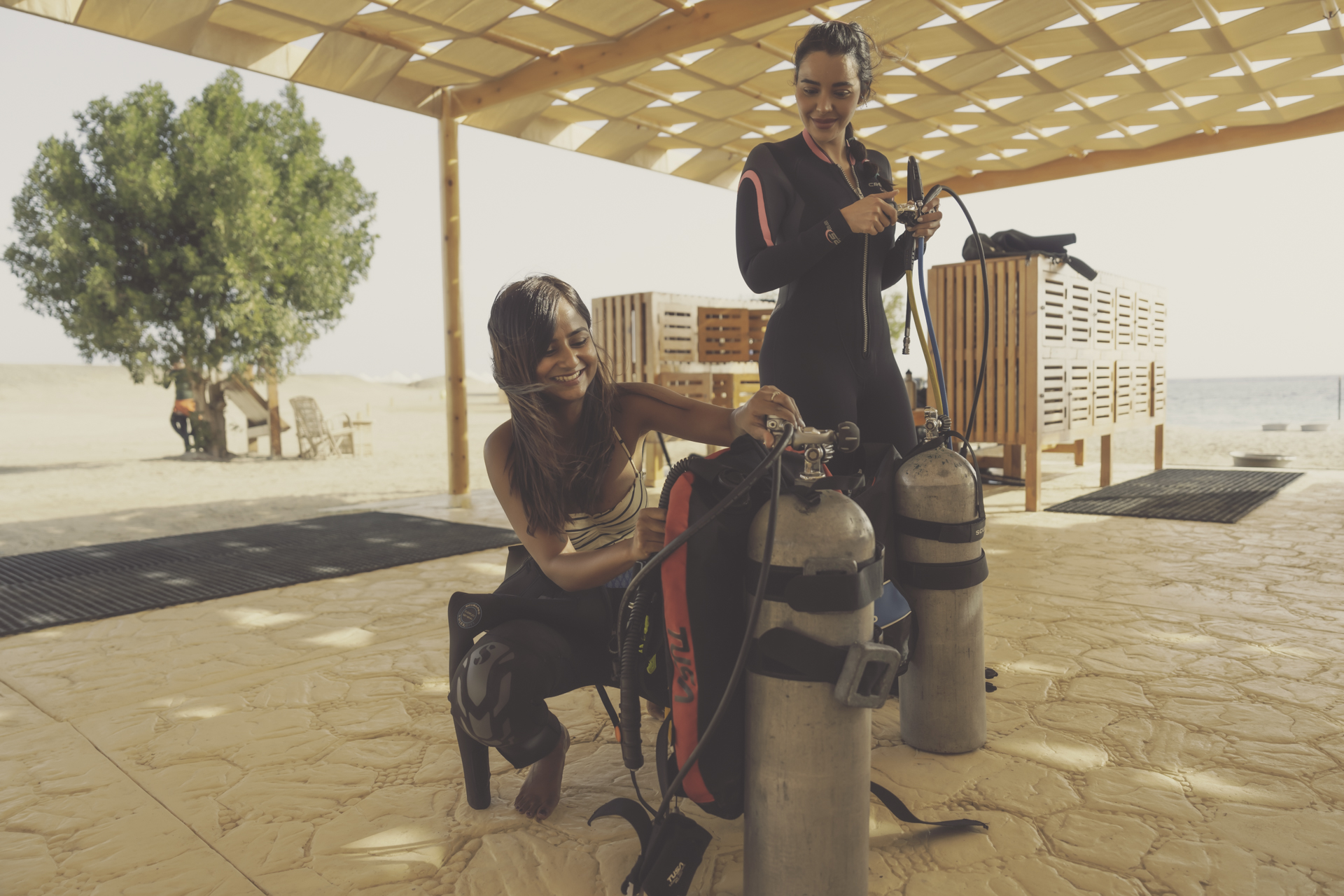
The tank is filled via the cylinder valve at the top. This is also where the regulator is attached. The cylinder valve has an o-ring that creates a seal between the tank valve and the regulator. Valves also have a thin copper disc known as a burst disc, designed to rupture and let air escape if pressure inside the tank gets too high.
The most common type of scuba tank is the 11-liter aluminum 80. The name describes its capacity (11 liters/ 80 cubic feet). But there are many other options.
Learn more about different sizes and types of scuba tanks and how to choose the best one. But, whatever you do, please don’t call them oxygen tanks.
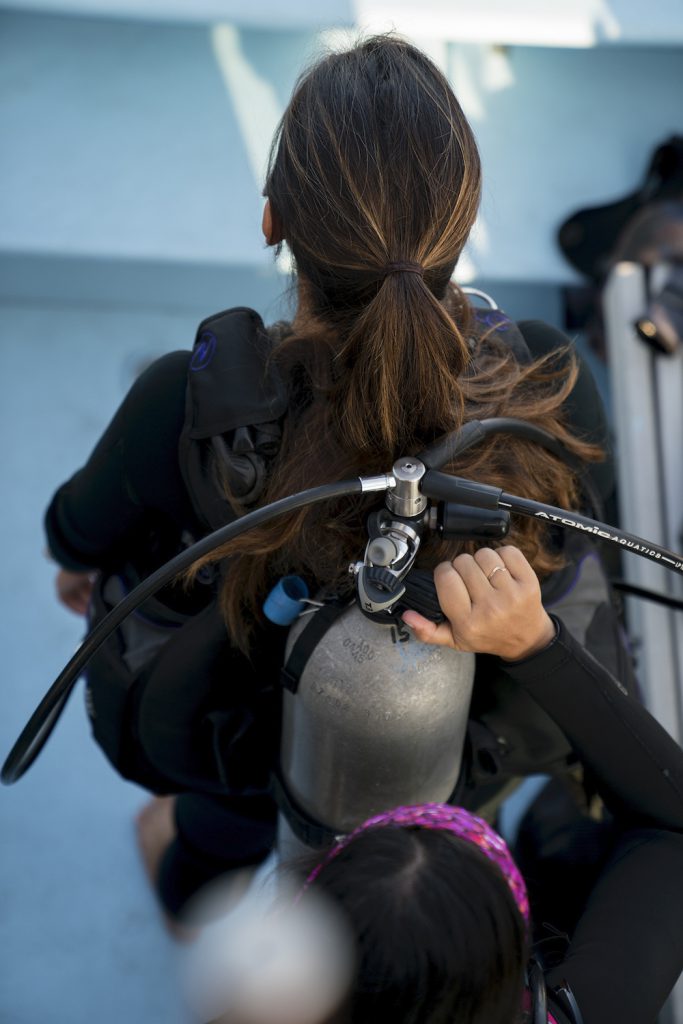
How Do Scuba Regulators Work?
The primary function of a scuba regulator is to convert the high pressure gas inside a scuba tank to a safe, breathable level. This is a two-part process.
The “first stage” of a regulator attaches to the scuba tank valve (see photo above) and reduces the air coming from the tank to an intermediate pressure level. It isn’t much to look at from the outside, but there’s a lot going on inside.
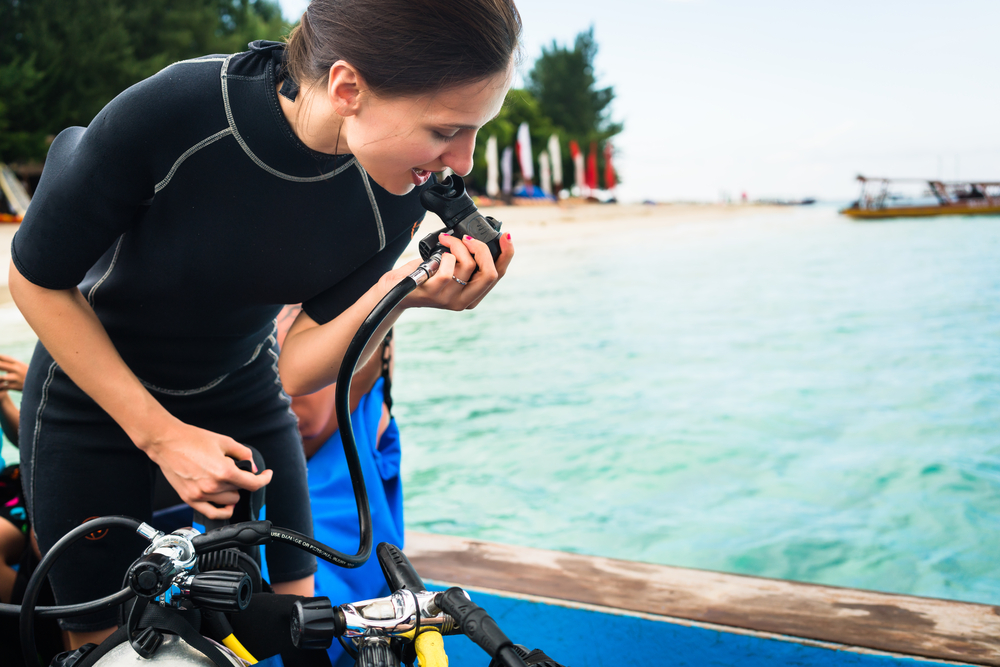
A low-pressure hose connects the first stage to the diver’s mouthpiece, also known as the second stage. The second stage further reduces the air pressure to the exact level the diver needs to breathe comfortably. Then the diver is able to exhale through the mouthpiece into the water.
Inside the mouthpiece is a diaphragm that allows air to flow only when the diver inhales. In other words, you don’t have air constantly shooting into your mouth when you’re diving. Rarely, a regulator may “free flow” underwater, but the PADI® Open Water Diver course explains how to handle this and other situations.
Learn More About How Scuba Gear Works
If you’re not a certified diver because all the equipment seems a bit daunting, don’t worry. PADI’s scuba certification course is designed to help you get familiar with scuba gear and comfortable wearing it before you get in the ocean, lake, etc.
If you’re already a certified diver and want to geek out on gear, try the PADI Equipment Specialist course. In the online part of the course, you can explore interactive equipment diagrams and watch behind-the-scenes videos from scuba equipment manufacturers.
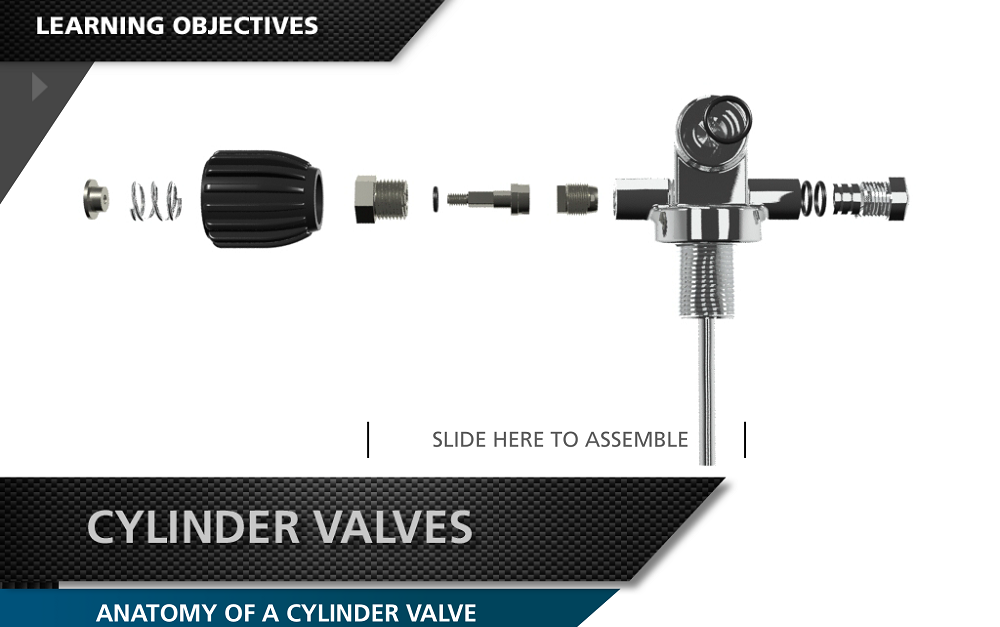
In-person training covers basic repairs, adjustments and maintenance. You may also get to try different types of gear.
If you plan on purchasing your own scuba equipment (including a wetsuit or dry suit), the Equipment Specialist course is especially valuable, because you’ll learn how to clean and maintain your gear to ensure it lasts as long as possible. Click the button below to start the online course and contact your preferred PADI Dive Center, Resort or Instructor to sign up for in-person training.

